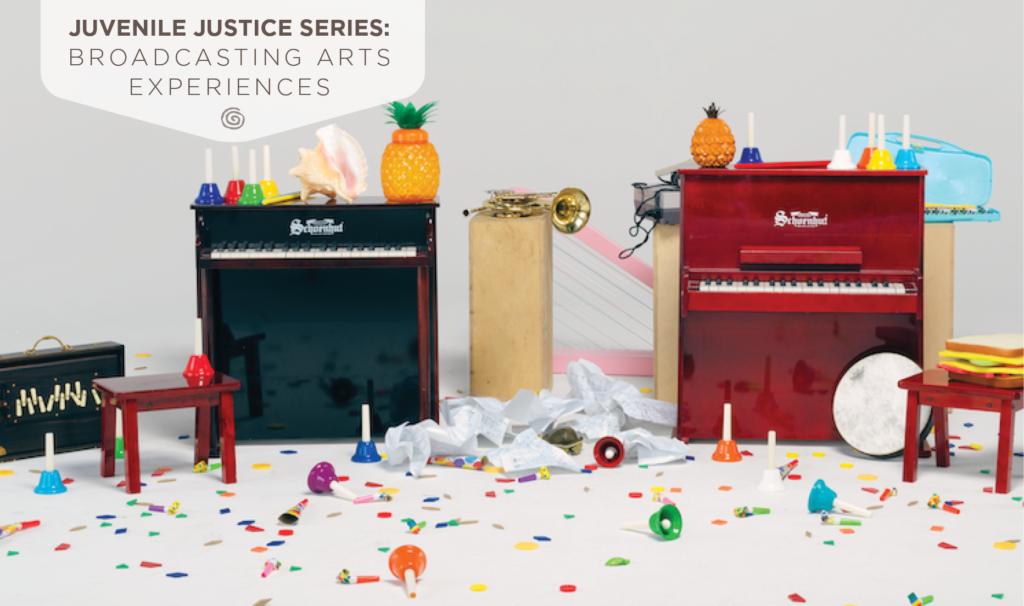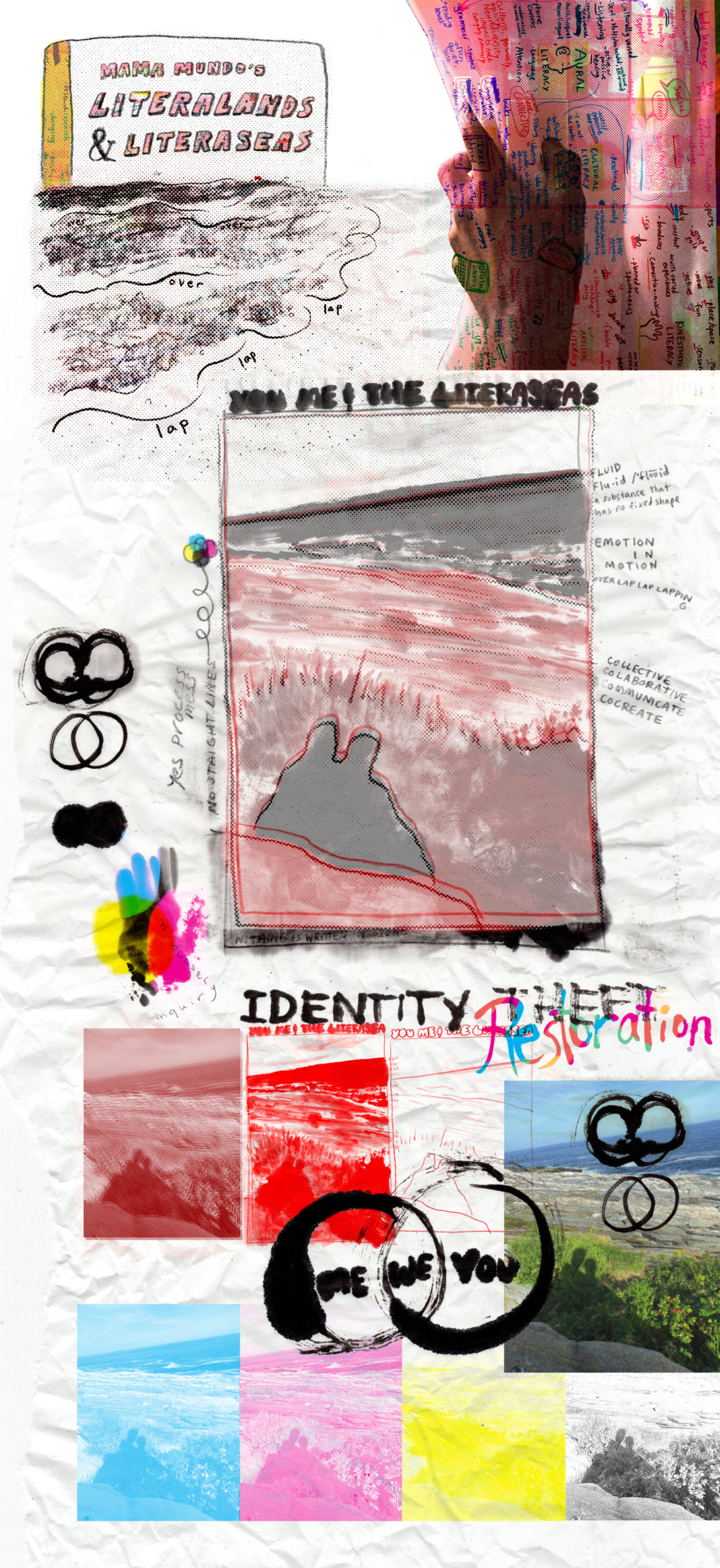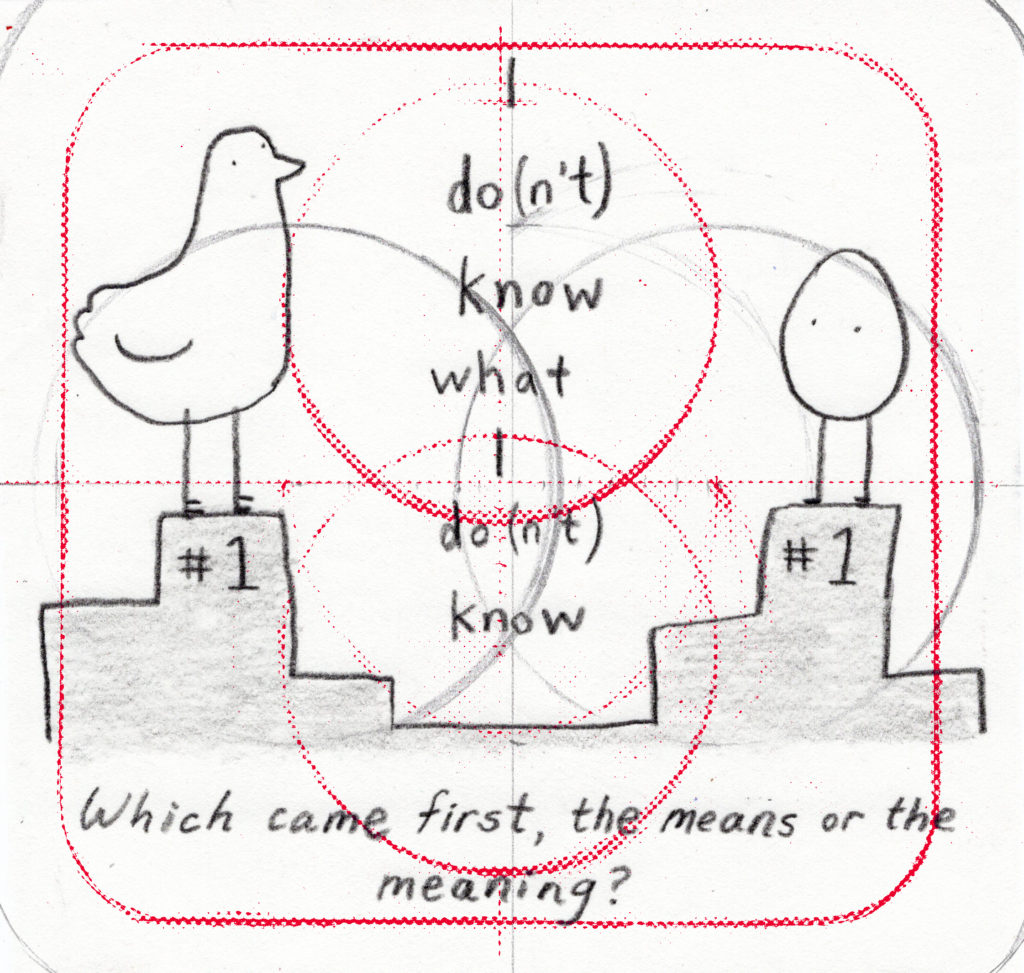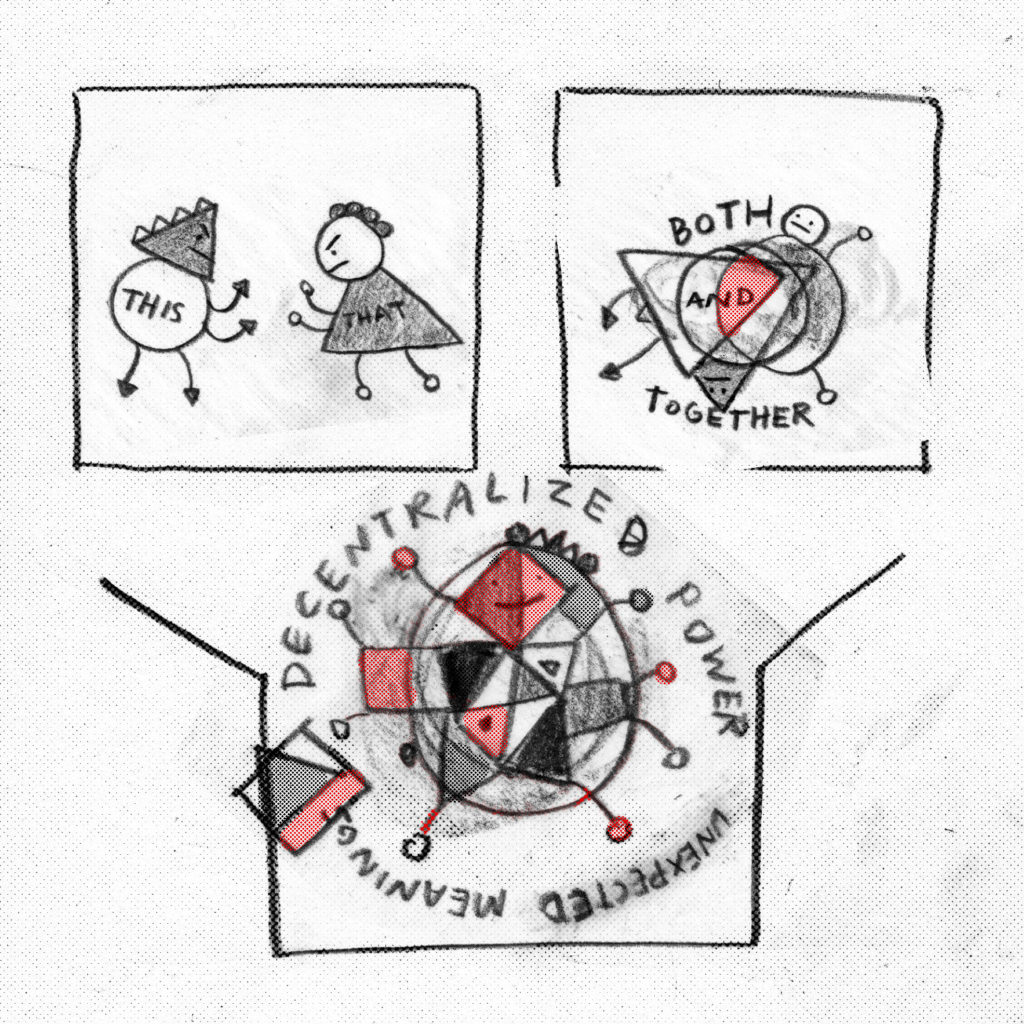How to Create Meaningful Arts Learning Experiences Through Community Partnerships

This photo was taken indoors and includes a blank, white backdrop and a white floor. The focus of the photo is a series of colorful musical instruments and colorful bells strewn across the floor along with confetti. Image Credit: Fifth House Ensemble.
Fifth House Ensemble has been refining the design of our educational programming since our founding in 2005. With a mission of “tapping the collaborative spirit of chamber music” and years of experience building arts-integrated programming in public school classrooms, we were well-versed in how to collaborate with partners who did not work in the arts.
When we had the opportunity to shift our educational programming into social services settings in 2015, we engaged an outside evaluator — the Loyola University of Chicago’s Center for Urban Research and Learning (CURL) — to help document outcomes related to personal transformation. The findings and strategies in this post have been, and continue to be, implemented at sites such as the Juvenile Temporary Detention Center in Cook County, Illinois, the largest facility of its kind in the United States.
Fifth House Ensemble worked with Loyola CURL to develop an evaluation tool that musicians, as well as trained researchers, could implement widely to improve arts learning within programming. While many people working in arts programming hold a healthy skepticism when it comes to evaluation, Fifth House Ensemble and Loyola CURL have found evaluation tools that inform program design, show the impact of the programming, demonstrate value to funders and users of the work, and help to explain why people should be making art everywhere and every day.
Before creating our current evaluation tool, Loyola CURL researchers watched Fifth House Ensemble Teaching Artists (TAs) maneuver the redesign of projects multiple times each year and found that instructor adaptability allowed for the greatest chance of success. In this case, Loyola CURL categorized this adaptability into three observable behaviors: flexibility, role adaptability and meeting participants where they are. When TAs exhibited adaptability traits, Loyola CURL observed that participants experienced personal transformations through increases in mindfulness, which can also lead to increases in agency, empowerment, creativity and collective decision-making.
In the end, the evaluation of past programs and continued work with the juvenile temporary detention community led us to the following best practices for working with non-arts partners:
- Co-design with the partner. Working with the juvenile justice agency allows teaching artists to layer arts learning with the objectives of the facility. TAs work with staff at the site to identify common factors between arts-based and partner goals, which could include the ability to identify creative connections between music-based and curricular goals by finding similarities in subjects that might seem unrelated.
- Practice flexibility and patience. It’s vital to remember that often social services agencies are understaffed and underfunded. Collaborating successfully entails honoring that reality and embracing an expanded sense of time, flexibility and patience to develop, design and implement meaningful arts residencies.
- Apply creativity and be willing to break the mold. TAs can engage their creativity in moments when parts of the arts residency’s development, design or implementation plan fall short. Technical issues that impact residency implementation, such as not having access to a computer, or other barriers such as agency postponement and intense and restrictive environments, have only served to inspire Fifth House Ensemble to develop new and creative solutions to these obstacles. We have learned that if our programming process is not working, it’s okay to create something new that works more effectively for the participants we are instructing.
- Connect with the vision of the partner organization. Accessing the passion for working with social services agencies and the vulnerable populations they serve makes for stronger outcomes for everyone. Especially with new partnerships, peace of mind and expressing your dedication to arts learning programming comes from clear communication that you’re in this work for them. A commitment to a deep connection with a partner’s vision is key to success.
Interested in learning more about the educational programming we offer or have questions about our organization? Visit Fifth House Ensemble or contact Fifth House Ensemble’s Educational Programming Coordinator, Parker Nelson, for more information.
This is the second post in the multi-part Juvenile Justice Series: Broadcasting Arts Experiences. AEP hopes these story-driven contributions will expand thoughtful discussion and research into the role of the arts in the juvenile justice system. You can read the first post in the series here.
If you’re interested in sharing your arts education experience in juvenile justice settings for a future blog post, AEP wants to hear from you! Please contact Project Manager Krystal Johnson.



